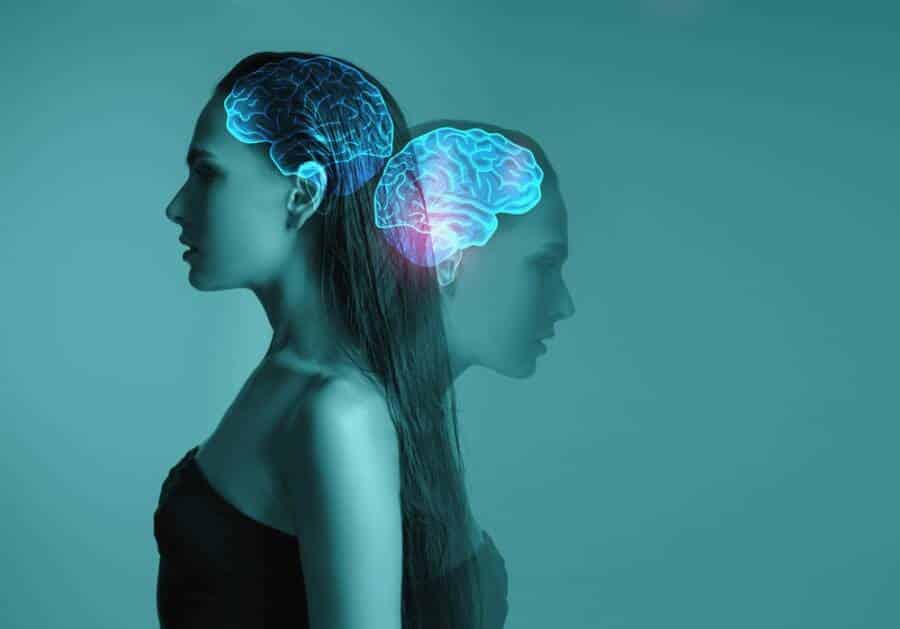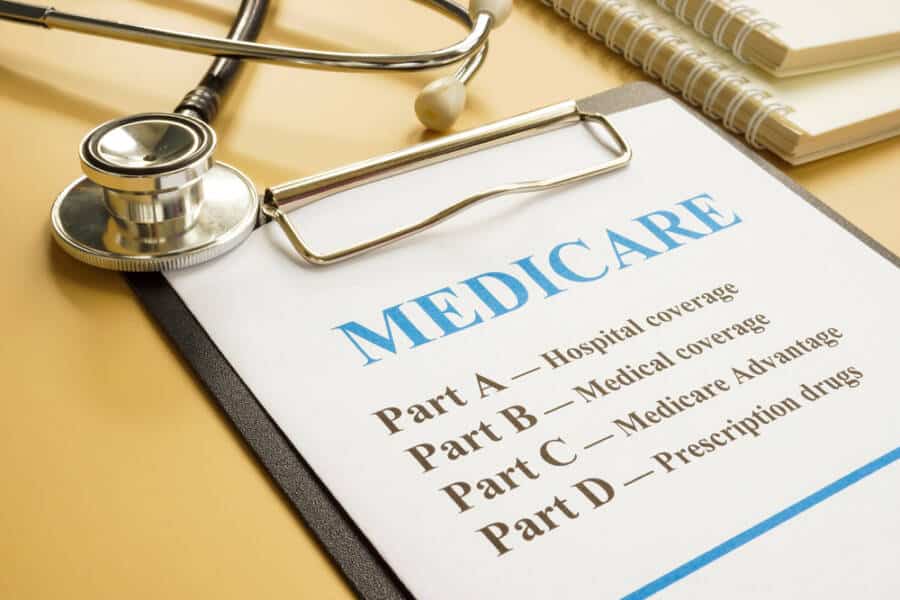The words “anxious” and “depressed” are commonly used in general conversation. Anxiety and sadness are both common feelings that emerge in reaction to high-stakes or possibly dangerous events (in the case of anxiety) or disappointing, miserable conditions (in the case of depression).
The link between these emotions—and the clinical problems that go along with them, such as anxiety disorders and mood disorders—is complicated and distinctive.
Anxiety can lead to avoidance and isolation in certain people. Isolation can lead to a lack of joyful experiences, which can contribute to a depressed mood.
Others may experience feelings in the other direction. Feeling sad may sap one’s vitality for activities they normally like, and attempting to re-engage with the rest of the world after a long absence can be nerve-wracking.
Understanding the differences between the two emotions and determining the severity of the problem will help in determining how to improve your mood.
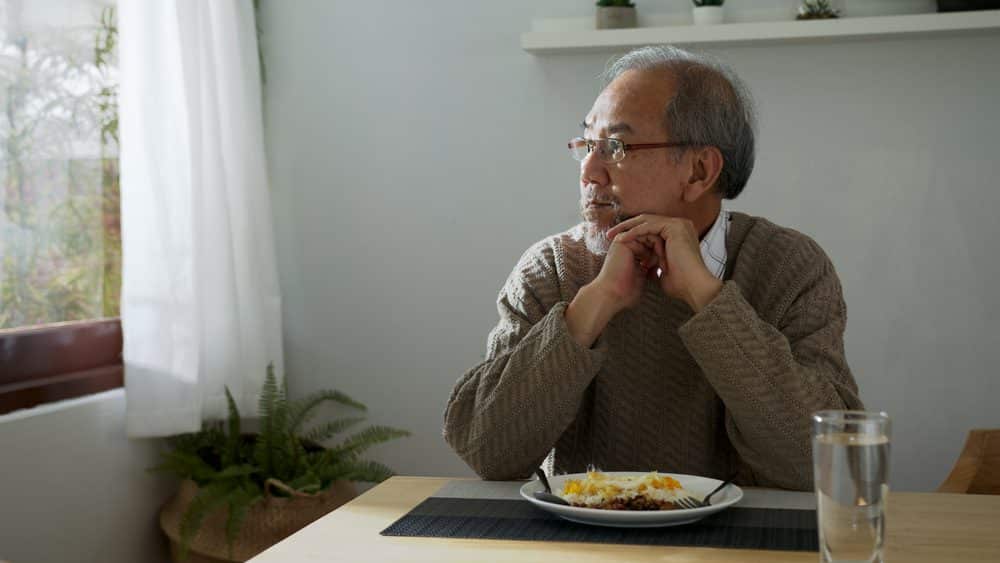
The Relationship Between Anxiety and Depression
Both anxiety and depression share a biological basis. Changes in neurotransmitter activity are implicated in long-term anxiety or depression, such as that experienced by people with clinical anxiety and mood disorders. Low serotonin levels and other brain chemicals like dopamine and epinephrine, are considered to have a role in both.
While the biochemical roots of both issues are identical, anxiety and depression are experienced differently. In this sense, the two states may be viewed as two sides of the same coin.
Anxiety and/or depression can occur sequentially (one after the other) or concurrently. When anxiety and mood issues reach the clinical diagnosis threshold at the same time, the particular illnesses are referred to as comorbid conditions.
Mental Differences Between Anxiety and Depression
Anxiety and depression each have different psychological characteristics. Their mental markers (symptoms or manifestations of the disorder) differ.
Mental Markers of Anxiety
People who suffer from anxiety may:
- Be concerned about the immediate or long-term future
- Have racing, uncontrolled thoughts of things going wrong
- Avoid circumstances that may induce worry so that sensations and ideas do not consume you.
- Consider death in the sense of fearing death as a result of the perceived threat of bodily symptoms or predicted harmful results.
These mental signals might differ depending on the nature of the anxiety. A person suffering from generalized anxiety disorder (GAD), for example, maybe concerned about a wide range of topics, events, or activities.
A person which suffers from social anxiety disorder (SAD), on the other hand, is more likely to be afraid of unfavorable appraisal or rejection by others, as well as to be fearful of meeting new people or other socially stressful circumstances.
Obsessions are irrational ideas or mental urges (often with a magical character) that go beyond ordinary concerns. They are the most common mental manifestation of anxiety in patients suffering from obsessive-compulsive disorder (OCD).
Mental Markers of Depression
People suffering from depression may:
- Be pessimistic, believing that nothing good will happen in the future for oneself, others, or the world.
- Believe that it is pointless to try to think or feel differently because of this hopelessness.
- Have a sense of worthlessness, as though who they are or what they do is unimportant.
- Consider suicide because of a constant perception that life isn’t worth living or that the individual is a burden to others. Suicidal thoughts might be more particular in situations of moderate to severe depression.
These sorts of thoughts are prevalent in major depressive disorder (MDD) throughout most of the day and, sometimes, for weeks on end. If a person’s mood swings between very low and very high, he or she may have bipolar disorder. The style of thinking described above is likely to define a low mood state in any version of a mood illness.
Physical Differences Between Anxiety and Depression
The physical symptoms of anxiety and depression can be tiring for the person suffering from them.
Physical Signs of Anxiety
The physical condition of anxiety might be described as heightened alertness in general. Some of the signs of anxiety include difficulty getting or keeping asleep owing to racing thoughts or other physical symptoms; dizziness; muscle tension; shortness of breath; discomfort in the intestines (e.g., nausea, diarrhea, or constipation); difficulties concentrating as a result of excitement or racing thoughts.
Physical Signs of Depression
Depression is essentially defined by changes in normal physical processes from baseline, such as:
- Difficulty concentrating, focusing or remembering things because of ruminative thinking processes or other physical signs
- Physical achiness without reason
- Sleeping way more or much less than normal owing to ruminative mental processes or poor energy
- Lack of energy
- Loss of appetite or a considerable rise in hunger
- Moving or speaking at a slower pace than normal
Symptom Severity
It isn’t uncommon to feel down or anxious for a short time, especially in reaction to specific life circumstances (For example, the death of a loved one, the diagnosis of a physical disease, the start of new work or a school, financial difficulties, and so on).
Symptoms must be persistent (typically for many months) and debilitating to reach the diagnostic threshold of an anxiety disorder.
To determine the intensity of your symptoms, ask yourself some crucial questions regarding how much your symptoms interfere with your day-to-day functioning. You might also ask trustworthy friends and family members whether they’ve observed any changes in you or your conduct, and if so, what they’ve noticed.
Learn about the usual manifestations of mild, moderate, and severe depression or anxiety.
Be sure to track your psychological and physical symptoms for a week or two to acquire an accurate picture of mood and anxiety changes.
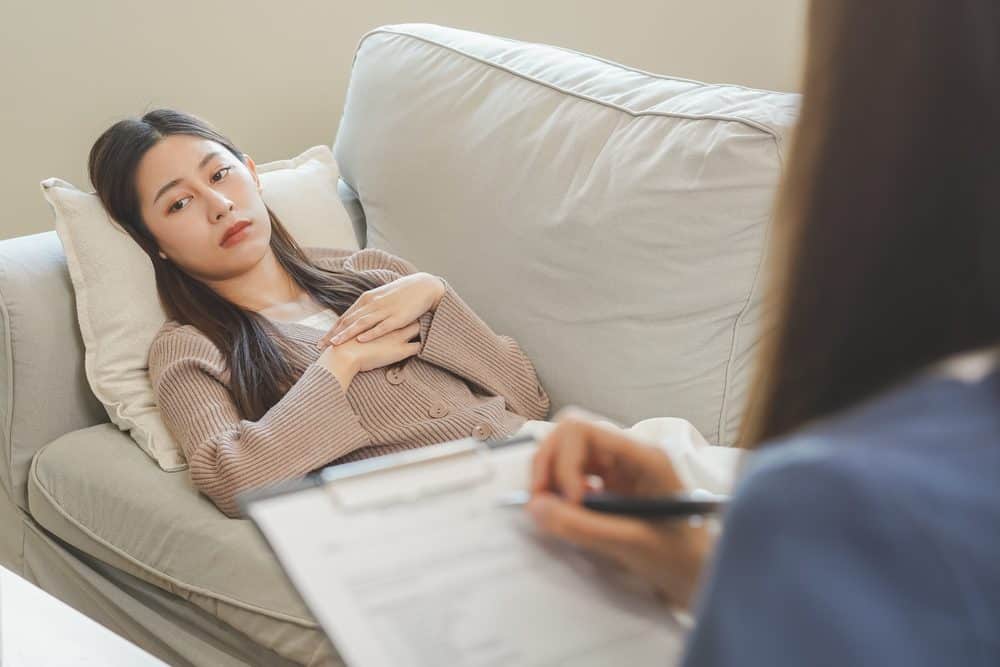
Treatment for Anxiety and Depression
Even if you’ve determined that your anxiety or mood problem is minor, it is still worthwhile to work on. Consider how much it’s interfering with your life and how it is interfering in what ways to identify what kind of therapies would be beneficial.
Self-Help Approaches
If your symptoms are minor and ebb and flow, or if you have already had formal treatment and are concerned about recurrence, self-help approaches might be a good place to start.
Self-help books and phone applications that adapt evidence-based psychotherapies or provide a means to practice skills that target a symptom are examples of these techniques (such as mindfulness meditation for anger or anxiety).
Psychotherapy
There are several sorts of talk therapy for those suffering from depression and/or anxiety. The treatment method for anxiety and depression in organized psychotherapy, such as cognitive-behavioral therapy (CBT), might differ slightly.
CBT will teach you how to work with problematic thought traps for both difficulties. And, for any condition, CBT will most certainly require you to do more behaviorally.
The purpose of anxiety treatment is to reduce avoidant behavior and assist you in disconfirming a feared result. The objective of depression is to assist you with feel-good emotion, a surge in energy (even if it is fleeting), or another form of pleasurable contact with the world.
The argument is that engaging activity, even if your energy or mood is poor, might result in some kind of pleasant reward.
Sessions for anxiety and depression in psychodynamic talk therapy may appear more identical than different. You will be invited to speak openly about the past and present to become aware of any unconscious ideas or conflicts that may be behind your symptoms.
Do not be disheartened if you believe you have separate, co-occurring anxiety and mood problems. Effective psychotherapies for these issues have some overlap.
Medications
Selective serotonin reuptake inhibitors (SSRIs) are a type of drugs that have been demonstrated to aid with both anxiety and depression. Tricyclic antidepressants (TCAs), selective norepinephrine reuptake inhibitors (SNRIs), and anti-anxiety drugs are some other medications that may be utilized based on your symptoms.
Many persons with depression discover that using antidepressants, or prescription drugs, can help them improve their mood and coping abilities. Talk to your doctor to see whether they are appropriate for you. If your doctor prescribes an antidepressant, be sure you understand how to use it. Please notify your doctor if you are presently using nicotine replacement therapy or any medication to assist you in quitting smoking.
There are a variety of antidepressant drugs to select from, so you and your doctor can make an informed decision. Be patient if it takes a few trials to locate the best drug and the perfect dose for you. Also, keep in mind the following vital details:
It is critical to follow the dosage guidelines when using these drugs. Some patients begin to feel better a few days after beginning the medicine, but it might take up to about four weeks to get the maximum effect. Antidepressants work well and are generally safe for most individuals. But it is still vital to consult your doctor if you have any negative effects. Side effects normally do not interfere with everyday living and frequently disappear as your body responds to the medicine.
Do not discontinue an antidepressant without first consulting your doctor. Stopping your medication abruptly might create withdrawal symptoms or aggravate your depression. Work with your doctor to carefully alter the dosage.
Some antidepressants might be dangerous during pregnancy. Consult your doctor if you’re pregnant, suspect you are pregnant or want to become pregnant.
Antidepressants will not be able to treat all of your difficulties. If you feel that your mood is worsening or that you are thinking about harming yourself, you should contact your doctor right away.
Smoking cessation will not interfere with your mental health therapy or worsen your depression. Indeed, studies suggest that quitting smoking might enhance your mental health in the long run.
Other approaches
While these therapies aren’t intended to replace regular therapy or medicine, they may be beneficial as part of your overall treatment strategy.
Alternative approaches could include hypntotherapy, acupuncture, and depression or anxiety supplements.
Is There A Relationship Between Smoking and Mental Health Issues?
Adults with mental health disorders, such as depression and anxiety, are substantially more likely to smoke than the overall population. Persons with mental health disorders smoke approximately three out of every ten cigarettes smoked by adults in the United States.
It’s unclear why smokers are more prone than nonsmokers to suffer from sadness, anxiety, and other mental health issues. More study is required to ascertain this. Smoking is not a cure for sadness or anxiety, regardless of the cause.
Getting therapy for sadness and anxiety, as well as quitting smoking, is the most effective approach to feeling better.
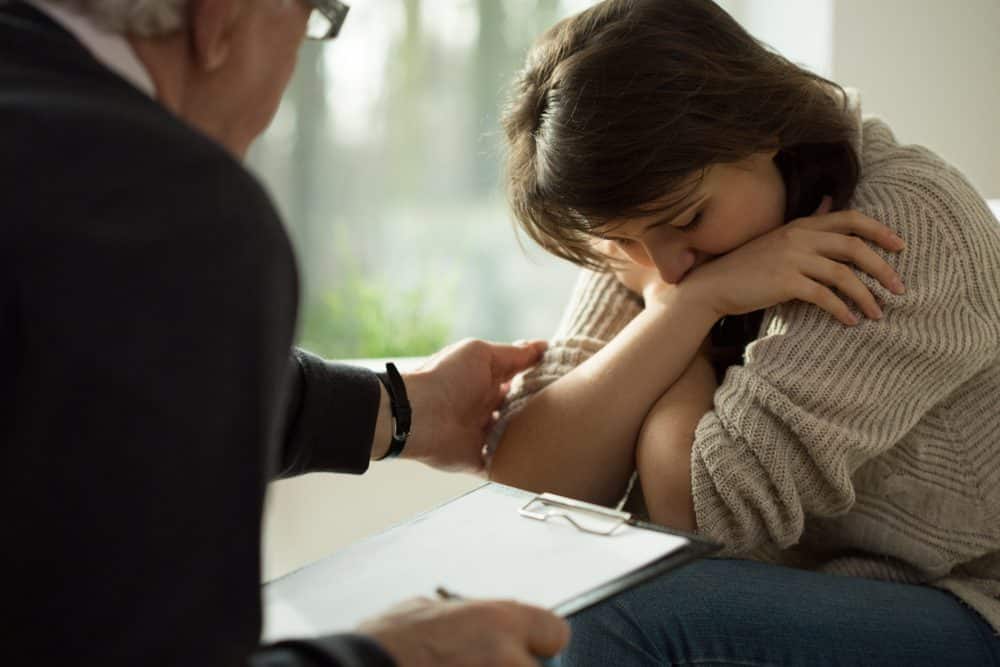
How to Seek Help
Begin by consulting with your health care physician if you are looking for more structured assistance for anxiety or depression.
Remember that while successful treatment for anxiety or depression does not have to be a long-term commitment, it is likely to necessitate regular, ongoing sessions, at least in the near term (say, six to 12 months). As a result, it is vital to locate a specialist you can confide in and with whom you feel comfortable discussing your symptoms.
It is also critical that you choose a doctor who is within your financial means. Before committing to continuous care, you should speak with a handful of clinicians to get a sense of their therapeutic styles and treatment suggestions. You can then use this knowledge to select which direction to take next.
Here’s a book that helped thousands of people overcome depression!
The bottom line
Anxiety and depression are very frequent mental illnesses. Anxiety is characterized by excessive anxiety and dread, whereas depression is characterized by a sense of helplessness and despair. Both disorders can happen at the same time in some people.
Anyone who sees a change in their mood or has anxiety or depression symptoms should seek medical help.
Both anxiety and depression may be treated in the same way by doctors. They may, for example, prescribe CBT or psychodynamic talk therapy in addition to antidepressant medicines like SSRIs or benzodiazepines.
Anxiety, depression, or both can be treated with aid and support from online and in-person support groups. It is important to realize that you are not alone and that assistance is accessible.
You might also like: 7 Risk Factors For Dementia Every Senior Should Know.




